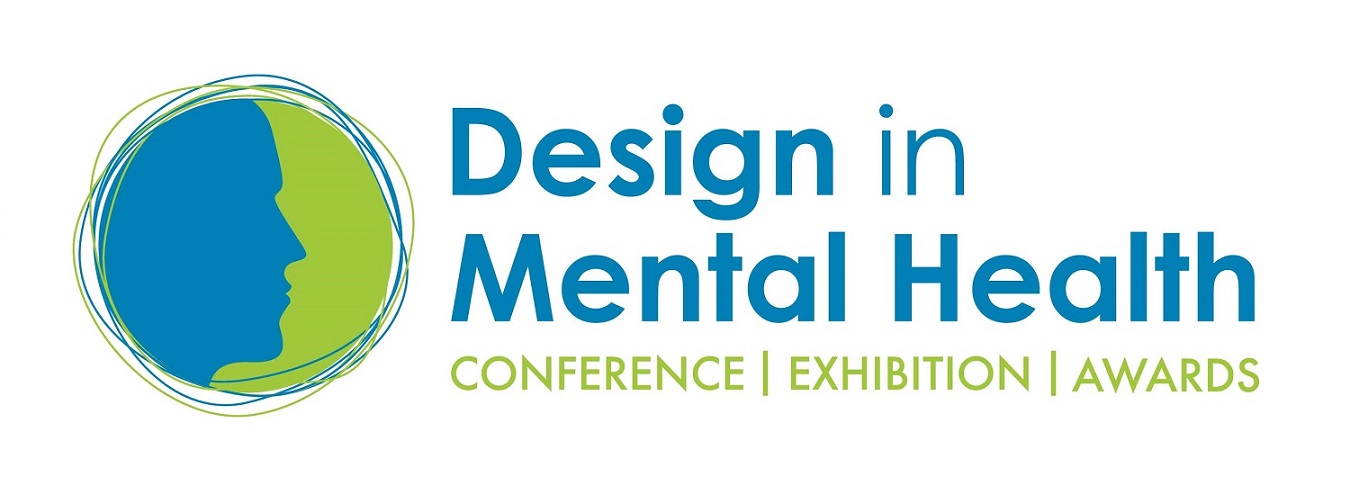Step Exhibitions
Community Crisis Care: Prototyping Subacute Crisis Units on a National Scale
Time: 11:30 - 11:50
Date: 8 June 2023
On July 16th 2022, the 988 Crisis Hotline will activate, allowing a nationwide network of crisis centers & support facilities across America to respond in concert. With the funding provided by the Behavioral Crisis Services Expansion Act, among other bills recently passed and soon to be signed, we’ve prototyped design and planning approaches for the… Read more »
Design in Mental HealthSynopsis
On July 16th 2022, the 988 Crisis Hotline will activate, allowing a nationwide network of crisis centers & support facilities across America to respond in concert.
With the funding provided by the Behavioral Crisis Services Expansion Act, among other bills recently passed and soon to be signed, we’ve prototyped design and planning approaches for the evolving mental health crisis system in the US.
At the time of this submission , some communities will only use the 988 number as a standalone hotline. Approximately 60% of communities will have a plan to coordinate with clinical care organizations or providers in some capacity.
Of these, a mere 28% of communities will have access to urgent care units for mental health or similar facility services.
Emergency Departments across the US are often crowded and ill equipped to treat this vulnerable patient population. It is all too common to hear that a patient can spend days in a small 10’x10′ secure holding room with no access to daylight or nature. Thankfully, health systems and public policymakers are responding to these trends. Government funding for treatment programs and medical research has increased over the years, with billions allocated for the Substance Abuse and Mental Health Services Administration (SAMHSA) to implement crisis stabilization efforts, resulting in greater capital investment in behavioral health facilities by health systems nationwide.
This has catalyzed a growing trend of standalone Psych EDs and Crisis Stabilization centers across the country to divert these cases from hospitals or law enforcement settings to more appropriate, therapeutic environment.
This “Alameda” approach has proven that these high-functioning crisis response centers can eliminate ED boarding as well as increase access to care while decreasing wait times, resulting in fewer inpatient admissions (up to 75%) and overall decreased health costs. Stantec is on the forefront of designing behavioral and mental health facilities that lessen stigma, challenge barriers to treatment and social determinants of health. The need for patient-centered, cost effective, empathetic care drives our behavioral health practice today.
Attendees will learn how applying evidenced-based behavioral health practices can lead to better outcomes and shorter lengths of stay. Architecture and the built environment can support best practice medicine and a patient in crisis by creating calming environments with a focus on de-escalation, not re-traumatization. Increasingly, designers and planners employ Trauma-Informed design principles to create spaces for patients that have a sense of dignity, respect, control, safety, and a connection to their community.
The session will cover trends that have manifested in US-based FGI 2022 guidelines for behavioral health crisis units following the “EmPATH” model. The EmPATH model is a concept that focuses on treating “patients in a calming, living room setting” with artwork, natural light, and sensory rooms” (Hoff). This dovetails with the use of subacute inpatient settings for crisis stabilization, which is often driven by the 16-bed count, below the regulatory threshold that more acute settings require. It is not uncommon to see multiple 16 bed “buildings” on a small campus or other distinctly separated in a facility to overcome this hurdle.
These are just a few design concepts for crisis diversion facilities we’ll highlight from across North America.
« Back



